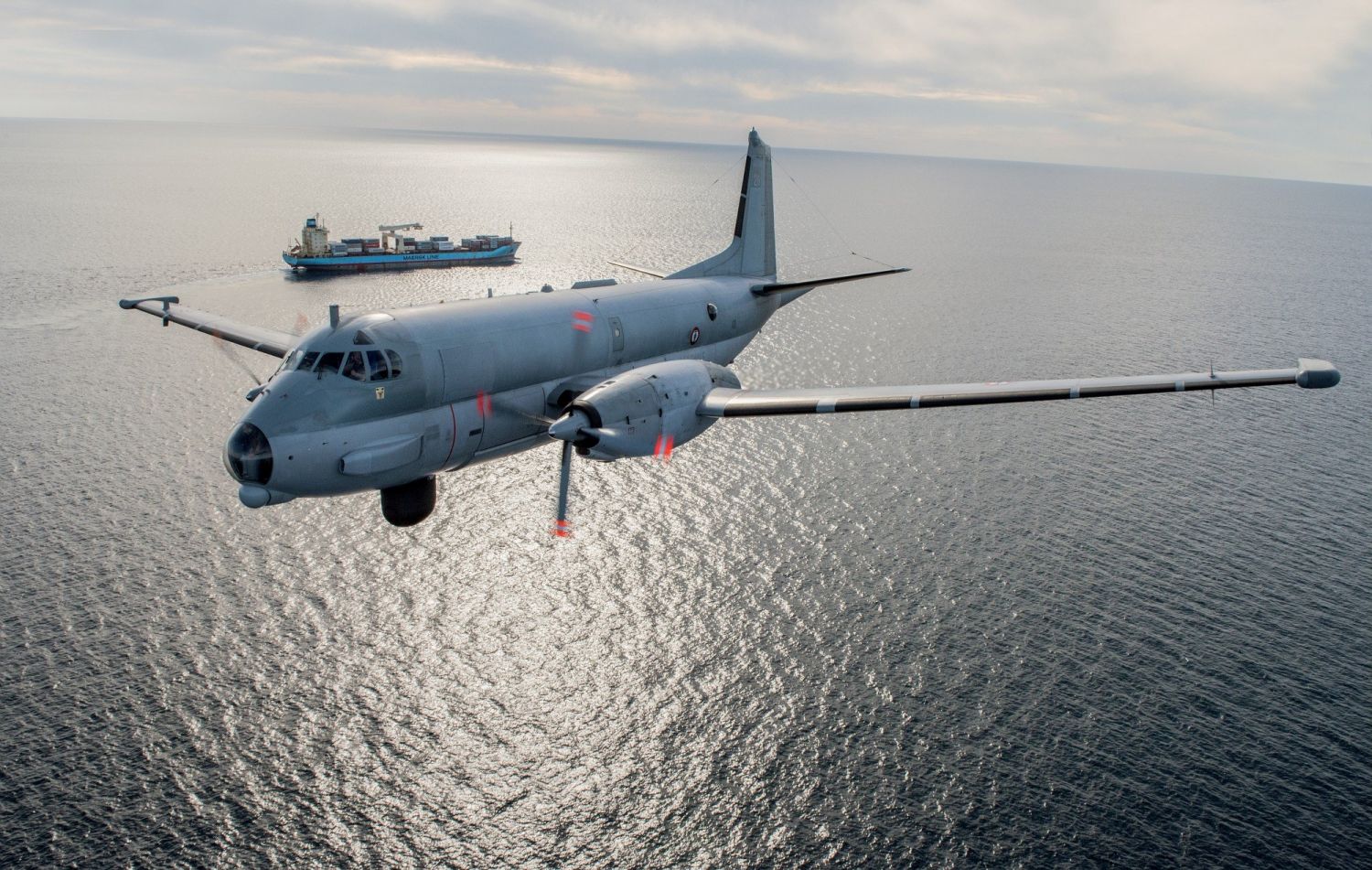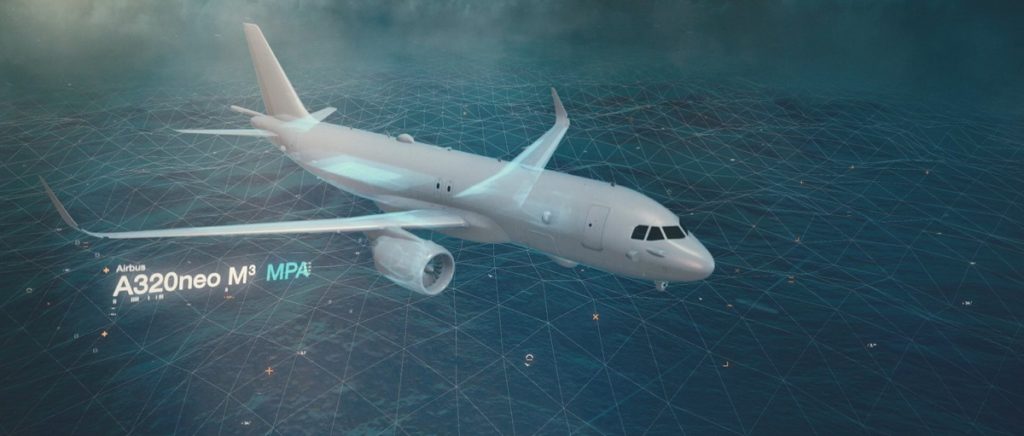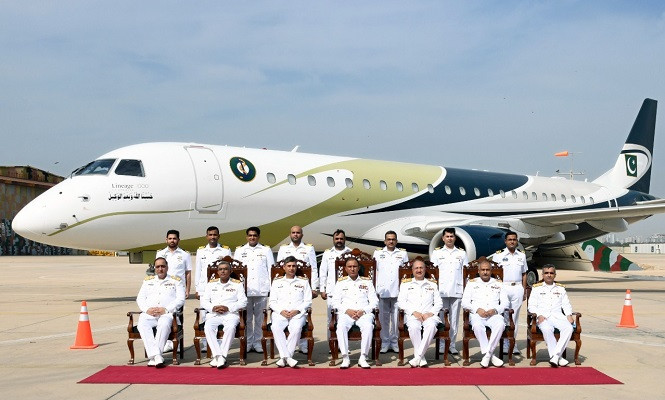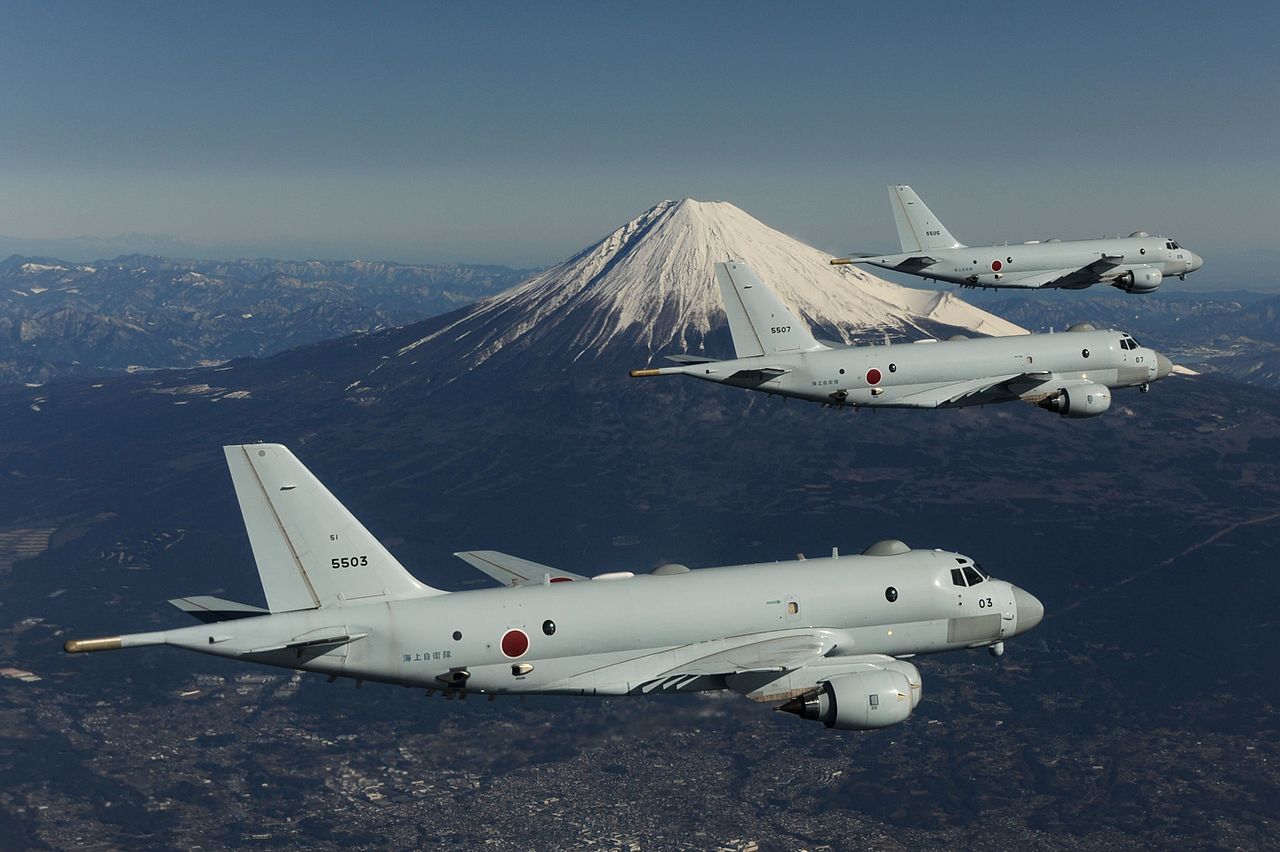Germany purchases seven additional Boeing P-8A Poseidon and buries MAWS project
As part of a massive rearmament program announced by the German government, sources confirmed that the German Navy will add 7 additional Boeing P-8A Poseidon to complete a fleet of 12 Maritime Patrol Aircraft (MPA).
The decision represents a shot in the arm for the MAWS (Maritime Airborne Warfare System) program, which sought to develop a replacement for the German and French maritime patrol fleets initially, although a European MPA would quickly find other interested parties.
In 2017, a Franco-German council had decided to move forward with the search for a joint replacement for the veteran Breguet Atlantique 2s operated by the two countries. In 2005, Germany replaced its Atlantique 2s with Lockheed P-3C Orions from the Netherlands armed forces.
France continued to upgrade its Breguet Atlantique 2s and the Standard 6, implemented in 2019, will allow it to maintain operational capability until 2030. It incorporates an AESA Thales Searchmaster radar, underwater listening systems and a navigation console manufactured by Dassault Aviation, in addition to integrating the Wescam MX-20 Electro-Optical (EO) turret, the same one carried by the P-8A.

The development of the MAWS would start, like any advanced technology weapon system, from the systems: the T-HED consortium (Thales, Hensoldt, ESG and Diehl) had begun work on the design and development of the mission and combat systems.
The choice of the platform that would then carry the systems would come later: Airbus had proposed its A320neo M3A – military multi-mission variant of the civil 320neo – in MPA version and Dassault offered both the Falcon 8X – already chosen to be the new electronic warfare platform of the Armée de l’air – and the new 10X.

In 2021 the Bundeswehr decided not to modernize the veteran Orions and to retire them in 2025: this decision would have left Germany without Maritime Patrol assets until 2032, when the platform emerging from the MAWS program would reach operational capability.
France offered Germany four Atlantique 2 Standard 6s, but the Bundeswehr began negotiating the purchase of P-8A Poseidon from Boeing in March 2021. In July of the same year, France announced it was withdrawing from the MAWS program.
In September last year, Germany finally announced the deal with Boeing.
The stopgap that becomes a permanent solution
When the purchase of these five P-8As was finalized, Germany indicated that the idea was for these aircraft to be a temporary capability until MAWS was brought into active service. But it appears that the purchase of these seven additional aircraft means the cancellation of the pursuit of that European platform.
On the one hand, the war between Russia and Ukraine exposed the need for modern, immediately available defensive and offensive capabilities: there is no time to develop a system that will, at best, match the current capabilities of the Poseidon, a true state-of-the-art platform. This is not the time to investigate the recipe of lukewarm water.
On the other hand, the certain cancellation of the MAWS program will not leave other operators many options in the heavy MPA segment: without a European counterpart, the options would be reduced to the P-8A and some projects with theoretically similar characteristics and performance.
We will have to see how the Sea Sultan project, based on the Embraer Lineage 1000, progresses in its development for the Pakistan Navy. With the first aircraft delivered in September 2021, Italy’s Leonardo is under contract for the conversion of two more and the possibility of taking that fleet to 10 aircraft.

In the same segment, the Kawasaki P-1, currently operating in the JMSDF (Japan Maritime Self-Defense Force) has similar performance characteristics, although it is extremely complex for Japanese industry to be willing to export a system of such technological sensitivity.

With the decline of the MAWS and an A320neo MPA, potential customers such as Spain, Greece and Canada will have to decide whether to look for alternatives in the same segment, downgrade to a smaller aircraft or succumb to the trend and go for the Poseidon all at once.
The size of a platform like the Falcon, a Swordfish – Saab’s system based on the Bombardier Global 6000 – or similar should impact operational range and station time, but the miniaturization of electronic components should not significantly affect its mission capabilities, even if the offensive payload is also reduced.
In a complex spectrum such as ASW/AsuW warfighting, a full-capability MPA is important to complement reduced capability and tactical range platforms such as a C-295 Persuader or an ATR-72MP, in addition to the monitoring capabilities of certain remotely piloted systems.
Germany buys 12 Poseidon, forgets about the MAWS and sends it to the bottom of a drawer. We will have to see if the Airbus A320neo M3A has any lives left.

/https://aviacionlinecdn.eleco.com.ar/media/2021/09/P-8A-Poseidon-Alemania-scaled.jpg)
Para comentar, debés estar registradoPor favor, iniciá sesión